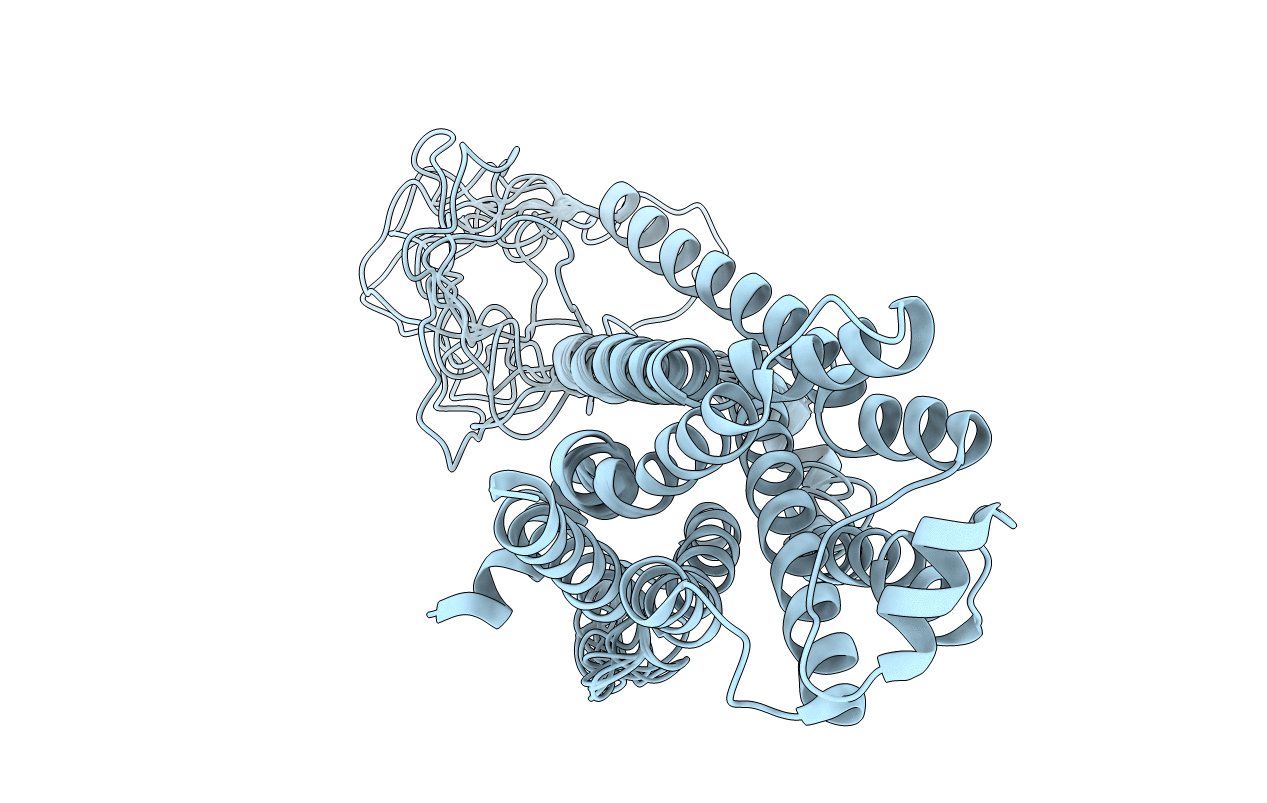
Deposition Date
2019-08-21
Release Date
2020-01-29
Last Version Date
2024-11-13
Entry Detail
PDB ID:
6KR8
Keywords:
Title:
Structure of the beta2 adrenergic receptor in the full agonist bound state
Biological Source:
Source Organism:
Homo sapiens (Taxon ID: 9606)
Host Organism:
Method Details:
Experimental Method:
Conformers Calculated:
500
Conformers Submitted:
10
Selection Criteria:
structures with the lowest energy


